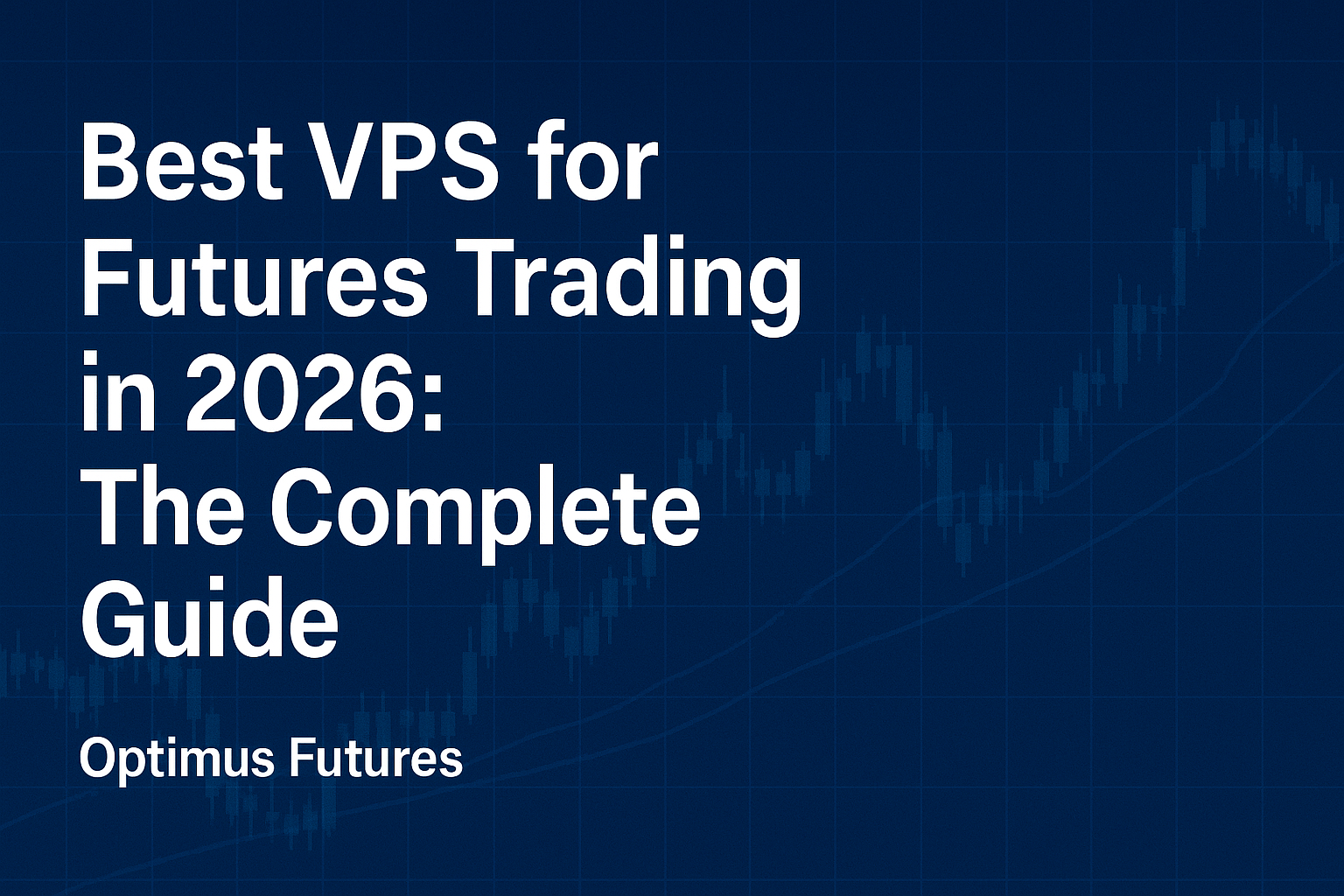Automated trading elements you should incorporate into your trading strategy today.
The general belief is that discretionary / self-directed trading, where the trader makes all trading decisions, can outperform algorithmic/automated trading, where the decision making is based on coding a trading concept into a program. Regardless of whether there exists a “super trader” who can overcome today’s ultra-fast computations of quantitative trading systems, charting and price analysis and is able to execute just as rapidly and accurately, here are three elements from automated trading that you should incorporate into your own trading strategy:
- Automated trading incorporates position sizing by computing capital and margin to equity ratios quickly and automatically. Discretionary traders may let human emotion determine how many contracts to trade. For example, if the trader is losing money, he or she may trade larger sizes in an attempt to make the money back. This may lead to further losses. On the other hand, if a trader is doing well, he or she may get over confident and trade larger sizes only to give lose any gains as a result of over trading.
- Automated Trading generally incorporates stop orders into the trading program to manage risk. These stops do not get cancelled or changed until the program determines they should. Some traders neglect to place stop orders in the hope that the market will eventually turn back in their favor. Some traders will move stops, or cancel stops based on these hopes and/or fears. Discretionary traders need to maintain a strong discipline to implement their methodology as part of risk management and make adjustments only in extreme market conditions.
Be advised that stop loss orders may not protect profits or limit losses to the amount intended. Certain market conditions may make it difficult or impossible to execute such orders.
- Automated trading triggers orders only when the logic or methodology dictates as it analyzes and looks for specific setups and coded parameters.Traders at times reflect on “missed opportunities” and conform to the old adage, “never leave money on the table”. This kind of attitude inevitably leads down the wrong path for traders who must at all times remain objective and rational. There is also a growing group of traders who also take it upon themselves to learn a programming language and develop an automated trading strategy only to override it at the first negative turn of events. This may have been due to their account size not being appropriate for the level of risk they undertook or possibly because their emotions overtook their objectivity. Regardless of the reason, if you decide to take this route and develop your own automated strategy, then you owe it to yourself to allow the methodology to execute orders as intended and not as your emotional make-up tells you to.
The idea here is that traders should not focus on “what might have been” or “what could be” but instead exercise discipline, consistency, objectivity and emotional fortitude when reviewing and reacting to their trading methodology. Developing a solid trading plan takes time, and if you strive to combine the elements outlined above while continuously fine-tuning your strategy by drowning out all the emotional noise and focusing on the trading, you may be one of the few discretionary traders whose methodology can potentially outperform automated trading systems.
Suggestion: If you are unable to develop your own system, consider following an automated trading solution through Striker Automated Futures Trading Services. You can view real time performance and choose a system based on the markets you wish to follow.
TRADING FUTURES AND OPTIONS INVOLVES SUBSTANTIAL RISK OF LOSS AND IS NOT SUITABLE FOR ALL INVESTORS. THE USE OF STOP LOSS OR CONTINGENT ORDERS MAY NOT PROTECT PROFITS OR LIMIT LOSSES TO THE AMOUNT INTENTED. CERTAIN MARKET CONDITIONS MAY MAKE IT DIFFICULT OR IMPOSSIBLE TO EXECUTE SUCH ORDERS. PAST PERFORMANCE IS NOT NECESSARILY INDICATIVE OF FUTURE RESULTS.
VFM 29641



